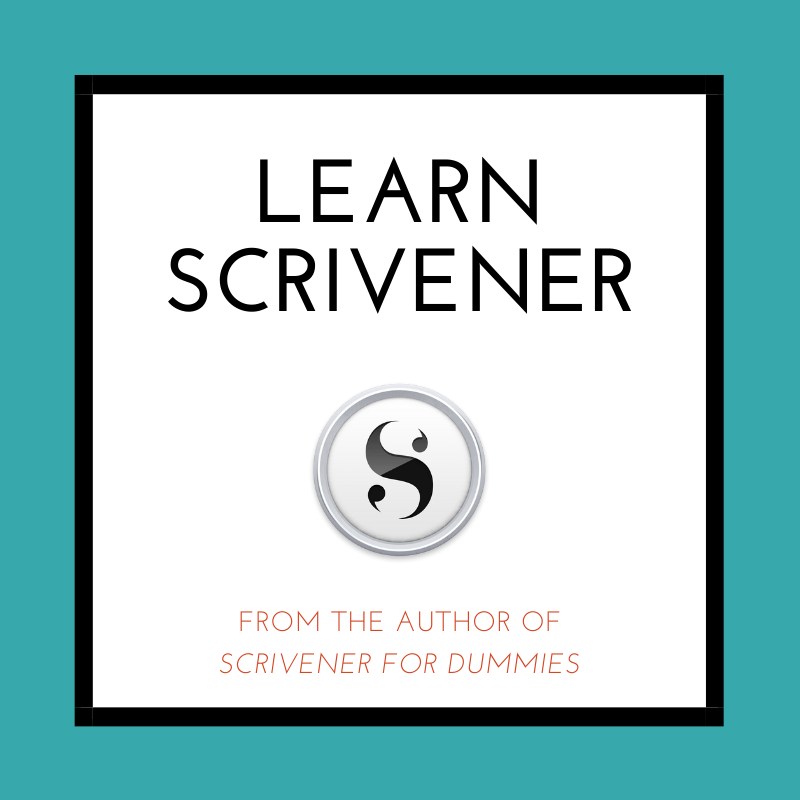In The Age Of Information Glut
Writing concisely is an essential skill for anyone hoping to take their business in a professional direction. Whether you’re crafting a report or an online article, getting your point across clearly without extra fluff is crucial. With an unending stream of information at our fingertips, it’s easy for your message to get lost in the noise. By sharpening your ability to communicate with brevity and precision, you ensure that each word holds power and your message stands out.
This isn’t just about using fewer words; it’s also about making those words count. In a world where attention spans are shrinking and everyone’s time is precious, being able to deliver your ideas quickly and effectively is non-negotiable. It enhances the reader’s experience, increases comprehension, and can make a big difference in how your content is perceived. You’ll find that with practice, writing concisely becomes second nature, and the quality of your communications will improve significantly.
In my opinion, embracing concise writing is not merely a technique—it’s an approach to clarity that reflects thoughtfulness and respect for the reader’s time. Every paragraph, sentence, and word should serve a purpose and drive your message home. When you wield the skill of writing concisely, you’re not just cutting the excess; you’re highlighting what truly matters—your core message.
So, how do you navigate this journey to conciseness? Understanding your audience is the starting block. You can’t be clear and concise if you don’t know who you’re talking to or what they need. That’s going to include recognizing who will be consuming your content, what information they’re seeking, and how to deliver it in the most digestible format. Let’s roll up our sleeves and dive into how a deep understanding of your audience sets the foundation for writing that’s not only concise but also compelling.

Understanding Your Audience: The First Step to Clarity
You’ll learn the crucial role that knowing your audience plays in the art of writing clearly and concisely. Before you begin tapping away at your keyboard, consider a game-changer: who are you writing for? This isn’t just about personal preference; it’s about crafting a message that resonates.
If you want your content to resonate, start by identifying your target audience. Are they busy professionals? Maybe they’re industry newcomers hungry for knowledge. Knowing this shapes your language, tone, and even the complexity of the content you’ll provide.
After pinpointing who you’re speaking to, it’s time to consider their needs. I’m here to help you dive into audience analysis. This involves understanding what your audience already knows, what they need to know, and how they prefer to consume information. Do they favor straightforward tutorials or in-depth analyses?
Applying people-first strategies is critical. Your content should offer real value, addressing your readers’ ‘What’s in it for me?’ Don’t worry too much about impressing them with jargon or fancy prose. Choose clarity and utility over fluff every time. That’s how you make your messages stick.
Craft Planned, Purposeful Content
Now, I will let you in on a secret: the cornerstone of writing concisely is planning. When you fail to plan, you’re essentially planning to fail, especially when writing clear and concise content. Without a roadmap, your words can wander aimlessly, and that’s the last thing you want in a professional setting.
Start by establishing your primary goal for each piece of writing. Is it to inform, persuade, or entertain? Knowing this upfront shapes the way you approach your content. It’s like choosing the right tool for the job; you wouldn’t use a hammer to screw in a lightbulb, right? Similarly, defining your purpose ensures you use words and sentences that align with your objective.
Don’t shy away from drafting an outline or a framework before diving into the meat of the matter. This isn’t just about having a beginning, middle, and end. It involves pinpointing the key messages you want to get across, structuring your arguments effectively, and deciding where to give examples or tell stories. An outline is your writing’s blueprint, and it helps eliminate the fluff that often creeps into unplanned content.
The art of self-editing seamlessly fits into this stage. As you plan, you’ll naturally start to sift out unnecessary words and refine your points. By the time you get to the actual writing, you’re equipped with a clear direction, which does wonders for the conciseness and impact of your content. Stick around because next, I’m going to help you with some strategies for the self-editing process that can transform your writing.
The Art of Self-Editing: Removing Fluff for Precision
I'm going to let you in on an essential aspect of writing concisely: self-editing. Now, this isn't just about checking for spelling or grammatical errors. It's about honing your message to its purest form. That's going to include cutting out unnecessary words and phrases that add bulk but no real value to your content.
One common pitfall that leads to wordiness is over-explanation. Sure, details can be helpful but don't overdo it. Stick to what's necessary to make your point. More often than not, simplicity wins. Next, watch out for passive constructions. They can be vague and lead to a roundabout way of stating something that could be said more directly. I'm here to help you learn to recognize these so you can change them to the active voice, resulting in sharper, more engaging writing.
I really hope that you'll also start recognizing filler words and phrases. Words like 'actually,' 'basically,' or 'in order to' often sneak in and pad your sentences without you noticing. If you want to write more concisely, strip these out. Read each sentence carefully and ask yourself if every word is pulling its weight.
So, let's not forget repetition—another clarity killer. Repetitive language can turn a punchy piece into one that feels like it's dragging. When you edit, look for places where you've said the same thing in different ways. Choose the strongest version and eliminate the rest.
Choose something that resonates with you when it comes to style. Some people prefer minimalist writing, while others might embrace a more descriptive approach. The key is to be clear and compelling without being verbose. You can always adjust your approach down the road as you refine your editing skills.
So now you have a gist of self-editing for conciseness, and that's just the start. Next, we'll discuss leveraging tools and techniques that align with these editing principles to ensure your writing is both concise and impactful.
Mastering Conciseness to Stand Out Professionally
In my opinion, the skill of writing concisely offers a lot of opportunities, especially when you're aiming to make a mark professionally. It's not just about cutting down words; it's about crafting your message to punch through the noise and reach those who matter most to your business.
You can constantly adjust your approach down the road, but starting with a clear, concise foundation is indispensable. Whether you're drafting a report, composing an email, or penning an online article, the principles of concise writing will steer you toward success.
Choose something that resonates with you from what I've shared today. Perhaps it's the practice of self-editing or making the most of digital tools that trim the fat from your prose. Whatever it is, let it guide you to create sharper and more impactful communication.
I really hope that you find these suggestions not just useful, but transformative in your writing journey. Remember, your first attempt doesn't need to be your last. Continuously refine your skills, and don't worry too much about perfection; clarity and conciseness are the goals.
Now, I'd love to hear your feedback. Which tip are you most excited to implement in your writing routine? Are there strategies that have worked wonders for you in the past? Share your experiences, and let's continue to learn from each other. After all, great writing is not just about being understood—it's about being remembered.
Good writing!
Kevin
As a wordsmith seeking to enhance your writing prowess, you'll find many remarkable writing tools and apps at your disposal. Let's explore some of the best options:
- Scrivener: A beloved companion for authors, Scrivener offers a treasure trove of features. It helps you track plot threads, store character notes, structure your work, and—most importantly—get serious writing done. While it's not free, the investment is well worth it for serious writers1.
- Ulysses: If distraction-free writing is your goal, Ulysses is your muse. Its minimalist interface allows you to focus solely on your words. Plus, it syncs seamlessly across devices, ensuring your creativity flows wherever you are2.
- iA Writer: Ideal for online writing (think Medium or WordPress), iA Writer combines simplicity with elegance. Its clean design encourages a flow state, making it a favorite among bloggers and content creators2.
- Plottr: For those who thrive on outlining, Plottr is a gem. It helps you map out your novel, organize scenes, and keep your plot threads in check. Whether you're a pantser or a plotter, Plottr has your back3.
- Reedsy Book Editor: If you're working on a book, Reedsy's online editor is a fantastic choice. It's free, collaborative, and offers a straightforward interface for drafting and editing your masterpiece4.
- yWriter: Scene-based writers rejoice! yWriter lets you organize your novel into scenes, track characters, and maintain a bird's-eye view of your work. It's a powerful tool for structuring your narrative2.
Remember, the best writing app is the one that aligns with your unique needs and writing style. Whether you're crafting screenplays, novels, or blog posts, these tools will be your trusty companions on your literary journey. Happy writing! 📝✨



